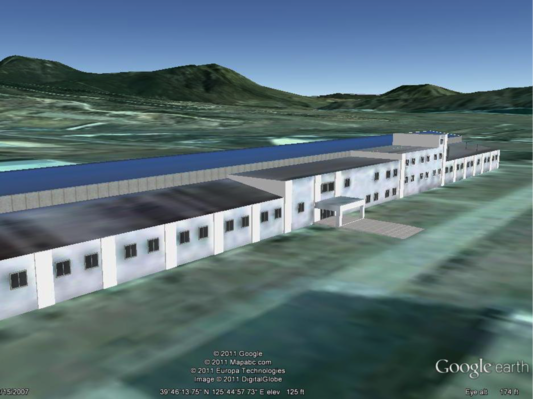 This issue of the journal contains two articles that present new methods to improve the understanding of nuclear weapons programs, both use North Korea as a case study.
This issue of the journal contains two articles that present new methods to improve the understanding of nuclear weapons programs, both use North Korea as a case study.
The article, "A Bayesian Model to Assess the Size of North Korea's Uranium Enrichment Program," by John E. Bistline, David M. Blum, Chris Rinaldi, Gabriel Shields-Estrada, Siegfried S. Hecker and M. Elisabeth Paté-Cornell (Free PDF) seeks to demonstrate the usefulness of Bayesian probability network analysis to estimate the size of a national uranium enrichment centrifuge program and quantify key technical constraints on its possible growth. As a case study, they look at North Korea which gave limited access to its uranium enrichment plant at the Yongbyon nuclear complex in 2010 to a group of U.S. visitors, including one of the authors (Siegfried Hecker). By combining expert assessment of key centrifuge materials and component stockpiles with Bayesian analysis they infer that North Korea's enrichment capability is likely to be larger than what was displayed in 2010 and North Korea's ability to scale up this centrifuge program may be limited by possible constraints on procurement of pivot bearings, maraging steel, and high-strength aluminum. The methodology has the capacity to provide more realistic assessments as more detailed, reliable and timely information becomes available on North Korean access to key centrifuge materials. If validated, this approach could be generalized to other enrichment programs where official details are scarce.
Another important feature of North Korea's nuclear weapons related activities that merits significantly greater understanding is taken up by David Coblentz and Frank Pabian in their article "Revised Geologic Site Characterization of the North Korean Test Site at Punggye-ri." The article combines satellite imagery with regional geologic maps to understand the terrain and develop a revised map of North Korea's nuclear weapon test site, a location that is otherwise inaccessible to the international community. The analysis leads to an explanation of what may have enabled the release of radionuclides detected from the underground nuclear weapon test in 2006, but not from the tests in 2009 and 2013. Better assessment of test site geology may lead to improved estimates of nuclear weapon test yields, the likelihood of venting and radionuclide transport, all of which would help strengthen the monitoring of nuclear tests.
The final article in this issue is "The Production of Medical Isotopes without Nuclear Reactors or Uranium Enrichment" by Seth A. Hoedl and W. Derek Updegraff. It assesses the feasibility of using linear accelerators, cyclotrons and spallation neutron sources to produce medical radioactive isotopes; a process that usually relies on the irradiation of enriched uranium targets in nuclear reactors. These alternative technologies carry non-proliferation benefits and possibly improved waste management, safety and capital costs. Their results suggest that many key isotopes could be produced by accelerators in amounts and at costs comparable to reactor-based production. To meet anticipated increases in demand for medical isotopes using these alternative technologies, however, countries will need to invest on the order of $20 million over five to ten years in commercializing isotope production with linear accelerators or cyclotrons.
